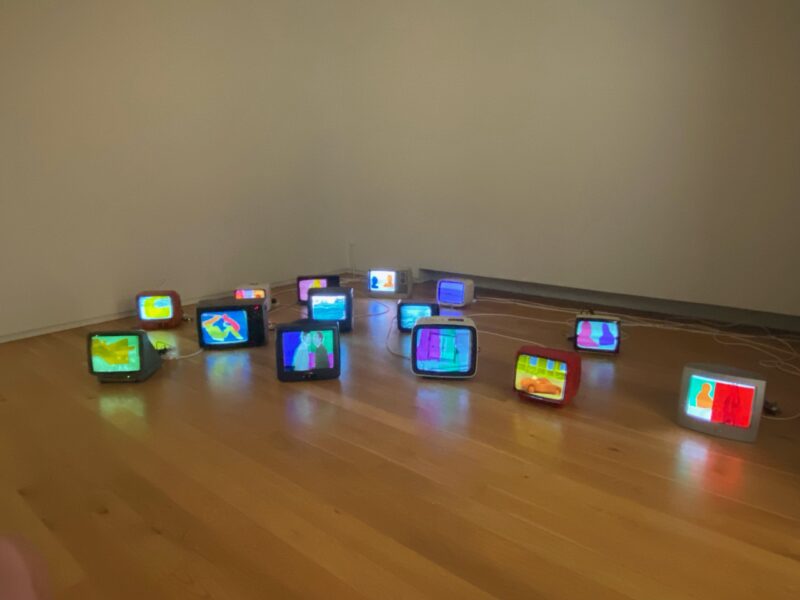
The Hugh Lane Gallery has unveiled a new exhibit by the Iraqi-Kurdish artist Hiwa K which explores themes of migration, identity and adaptation in this work which displays the impacts of conflict on communities. It is moving and evocative in its pursuit to illuminate the social aspect of how people cope with oppression and find different forms of solace. The exhibit is an amalgamation of art produced over several years, revealing the long lasting impact on not only Hiwa K, but also the relevance of such a message on an audience attempting to understand these conflicts. Art exists in part for the artists, but once it exists independent of the artist, the question becomes more about why people feel the need to engage with this art? Why do we continue to pursue it? And what makes it so special that such a wide audience is willing to engage with it across the entire world?
The ability for Hiwa K to dissect communication practices and repurpose the context in which they find themselves is captivating from the use of antennas, televisions and books. Hiwa K’s exhibit is intriguing for those that are interested in how individuals exist within the context of conflict but also in the compilation of this into art. Even if the context were removed from the art Hiwa K produces, it is still intriguing and worth viewing because of the diversity in mediums used, the unorthodox placement of the installation for certain pieces, and the use of color, or lack thereof.
The historical framework that we are asked to interpret the art through if one chooses to read the plaques only amplifies the impact of the artwork as opposed to narrowing the different forms of interpretation. The success of this artwork is largely reflected in the intricate application of certain techniques, as the context in which it develops and finds itself is more reflective as it centres on the creation of a statement.
The fundamental pursuit of a message central to all art is quite explicit here, and I think this is why it is such a fantastic exhibit. Little ambiguity is found in attempting to understand the context in which this was formed, but there is still plenty of room to interpret and contribute to the discourse regarding these pieces. One of the most captivating pieces on display is “My Father’s Colour Period” from 2013 which displays 14 small old televisions, spread out on the floor. Black and white programmes play on the screens, each covered in a different arrangement of coloured cellophane. This is inspired by what Hiwa K experienced as his father covered their own television in a form of silent protest to contest the lack of programs available in colour in the Kurdish region.
The art is interesting in and of itself as it provokes questions of perception of television programs with and without colour, the shapes and how the audience members today understand television as opposed to the past. However, this is enhanced by the historical significance of television and the groundbreaking impact of colour television as well as the lack of complete access. Finally, the decision to display them in their own room, on the floor, with little else beyond the television and cables, forcing viewers to look down and observe the number of televisions that have been edited in this format indicates an almost bird’s eye, removed and retrospective perspective on how we interact with television.
This is just one example of the many excellent pieces on display at the Hugh Lane Gallery in this new exhibit which is on display until the 13th of February. Access is free to the entire gallery.






